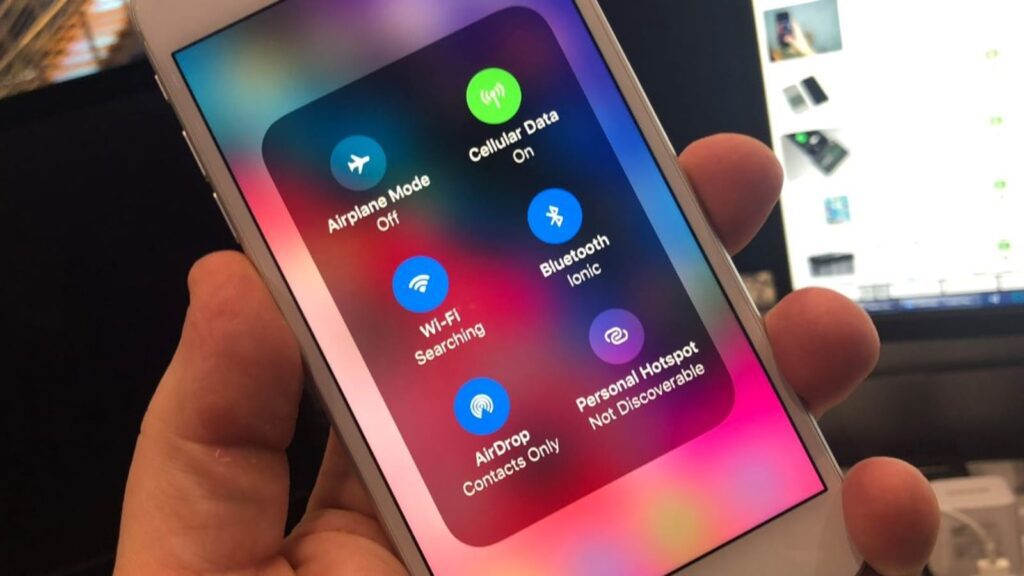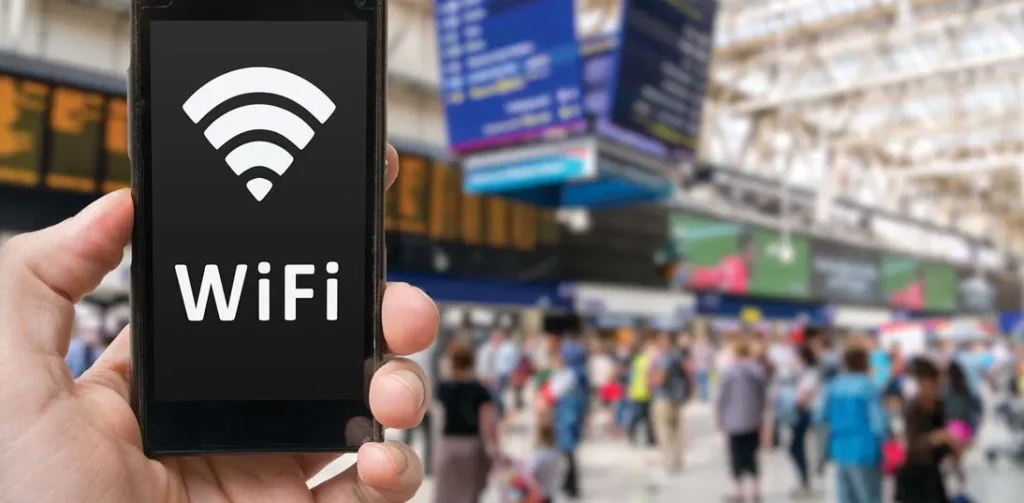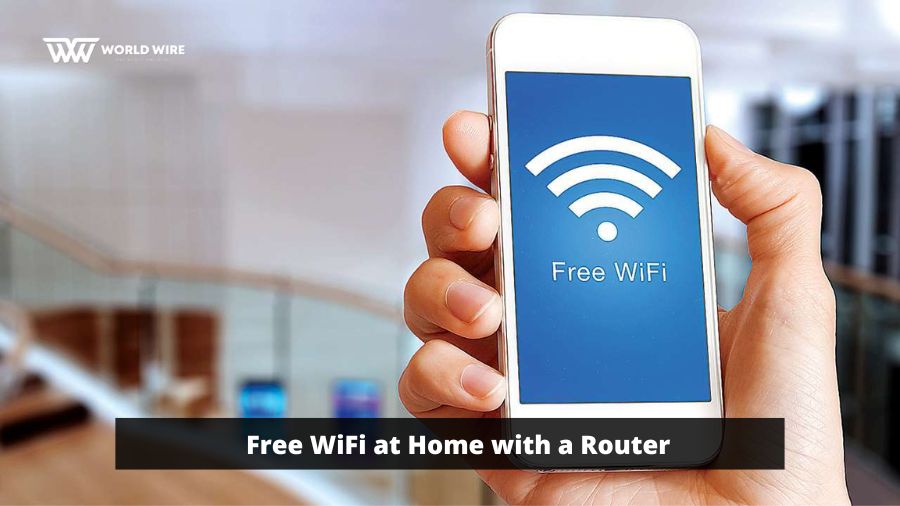How to get Free WiFi – All online activities, whether professional or recreational, require internet access, and WiFi networks are now among the most dependable and stable means to do that.
A free WiFi hotspot is a veritable treasure trove for frequent internet users, and as a result, many people prefer WiFi over cellular data or other alternatives. However, finding reliable WiFi is difficult.
To help you all, we have prepared this article, and here we will cover a detailed guide on how to get free WiFi at home with a router.
So, without any further ado, let’s get started –
How to get free WiFi at Home with a Router

A router is the most effective and hassle-free method to receive free internet service at home. Setting up a wireless router at home to access free WiFi is one of the most convenient options for obtaining free domestic internet access.
Furthermore, it is more cost-effective, less expensive, and reliable.
However, there are several other ways you can get free WiFi at home.
How to get free WiFi at Home without paying at all
Below, we have shared a few methods you can get free WiFi at home without paying at all –
Locate Public WiFi Access Points
A WiFi network that is not password protected with WPA/WPA2 is considered open and can be accessed by anyone in range. Many open networks can be accessed without entering a password; you only need to look for and use such WiFis.
Using a service like WiFimap or a specialized app for Android or iOS with a database of free WiFi hotspots worldwide is one of the simplest ways to find free WiFi hotspots.
If you’re having trouble connecting from these sources, you can always turn on your phone’s WiFi and see what’s available nearby.
Ask a friend to share the connection

Almost everyone nowadays owns a smartphone, and Android and iOS devices can wirelessly share an internet connection with other nearby devices.
If you want to use a wireless connection provided by another mobile device, your mobile device, laptop, or desktop computer must have WiFi capabilities.
Before sharing the connection, ensure that your smartphone’s mobile data and the hotspot feature are turned on.
The next step is to open the WiFi settings on your device and select the newly discovered network.
Using a password can add an extra layer of security to your connection.
As soon as you connect to your friend’s network, make it a “metered connection” on your device to avoid exceeding their data limit.
Free WiFi Zone
In addition to public hotspots, your network provider may provide you with free, dedicated access points. Because the points come directly from your internet service provider, you don’t have to pay anything extra.
The majority of these organizations will have a time limit or data cap. They are, however, a godsend if you require immediate access to the internet.
Public WiFi Access Points

Visitors can now access free WiFi at many parks, bus stops, and libraries. However, because of the large number of users sharing the connection at any given time, these networks, like any other open to the public, will be slow and unreliable.
Use a wireless network hub that you share with your neighbors.
If you don’t have WiFi at home, you can always ask your neighbors if they’d be willing to share their connection with you, and you can figure out a way to split the costs of your connections.
If your neighbor’s router or modem is more conveniently located, you could use your router inside your home. This will provide you with a consistent connection at full network speed throughout your home.
Invest in a Sensitive Antenna
It may be impossible to connect to a network that is very far away using a laptop’s or smartphone’s built-in WiFi feature. Simply purchasing a strong WiFi adapter will solve the problem. The high-gain antennas on these adapters make it simple to establish connections over long distances. Even with the extra power, WiFi adapters aren’t too expensive and are a great investment if you want a free and stable WiFi connection.
The same results can be obtained using a powerful router that can also function as a signal repeater. If a public network is available in your area, the router can connect to it and provide significantly improved coverage for the same network throughout your home. It’s a wise investment because you can continue to use the same router once you have your internet connection.
Attachment to the main line
A central hub, in most cases, provides wired internet service to multiple endpoints. Because general lines transport signals from multiple connections simultaneously, their bandwidth capacity is infinite and extremely high. While it is possible to connect directly to these lines to obtain a free internet connection, doing so is not recommended for various reasons.
To begin, ISPs have secured their networks and now only allow users to access data through a login and password. As a result, entering the traffic without the necessary credentials is extremely unlikely. If you successfully connect, you will still need to configure a proxy server so your computer can communicate with the other. Another issue is MAC address verification, which checks the identity of connected hardware before allowing a connection.
ISPs can sue you if they discover your connection disconnected from the main line, which is fairly easy to detect. If the ISPs fail to detect the split connection, the user can always complain about reduced bandwidth, eventually discovering the split connection.
Telephone-based Internet access
Some may recall that older internet access relied on telephone lines, but many businesses and homes still use these connections today. You can configure your phone’s modem, so that calls to specific numbers automatically connect you to high-speed internet.
Wrapping Up
Well, folks, that was it!!
That is how you can get free WiFi at home with a router.
Where to get it and how to get it is all explained in this article, and you need not go anywhere else for information regarding the same. Please get in touch with us via the comments section if you have any questions about the content presented here.







Add Comment